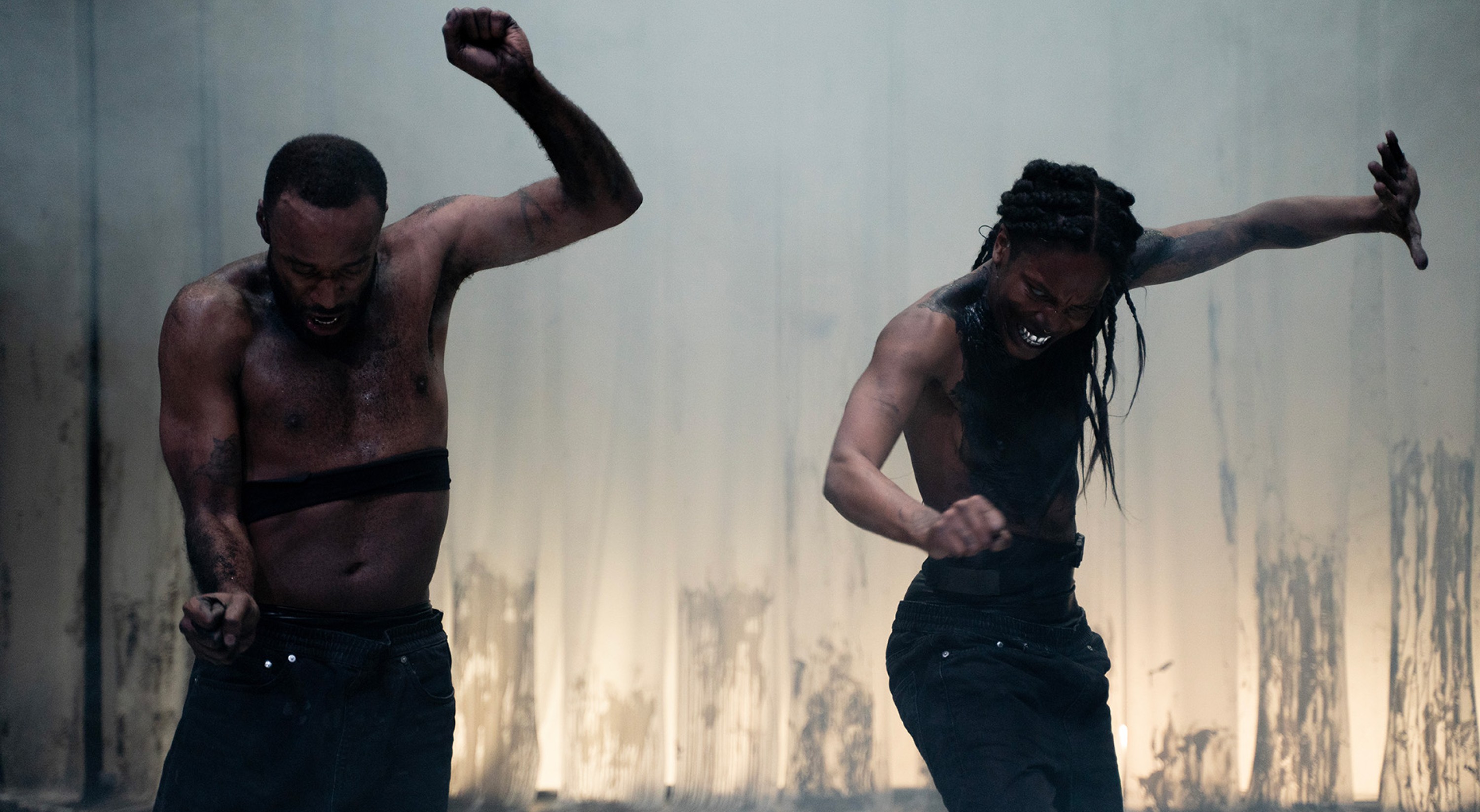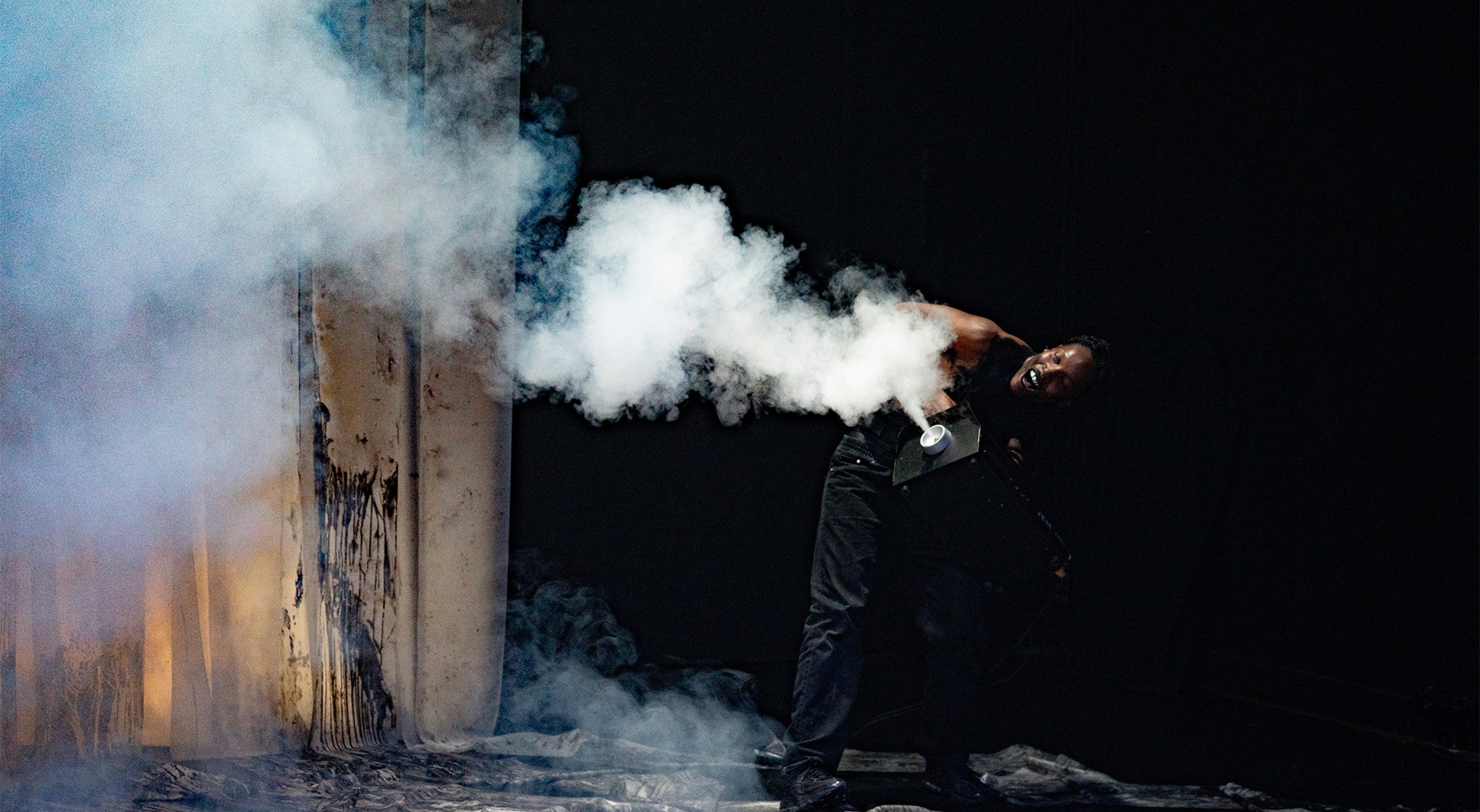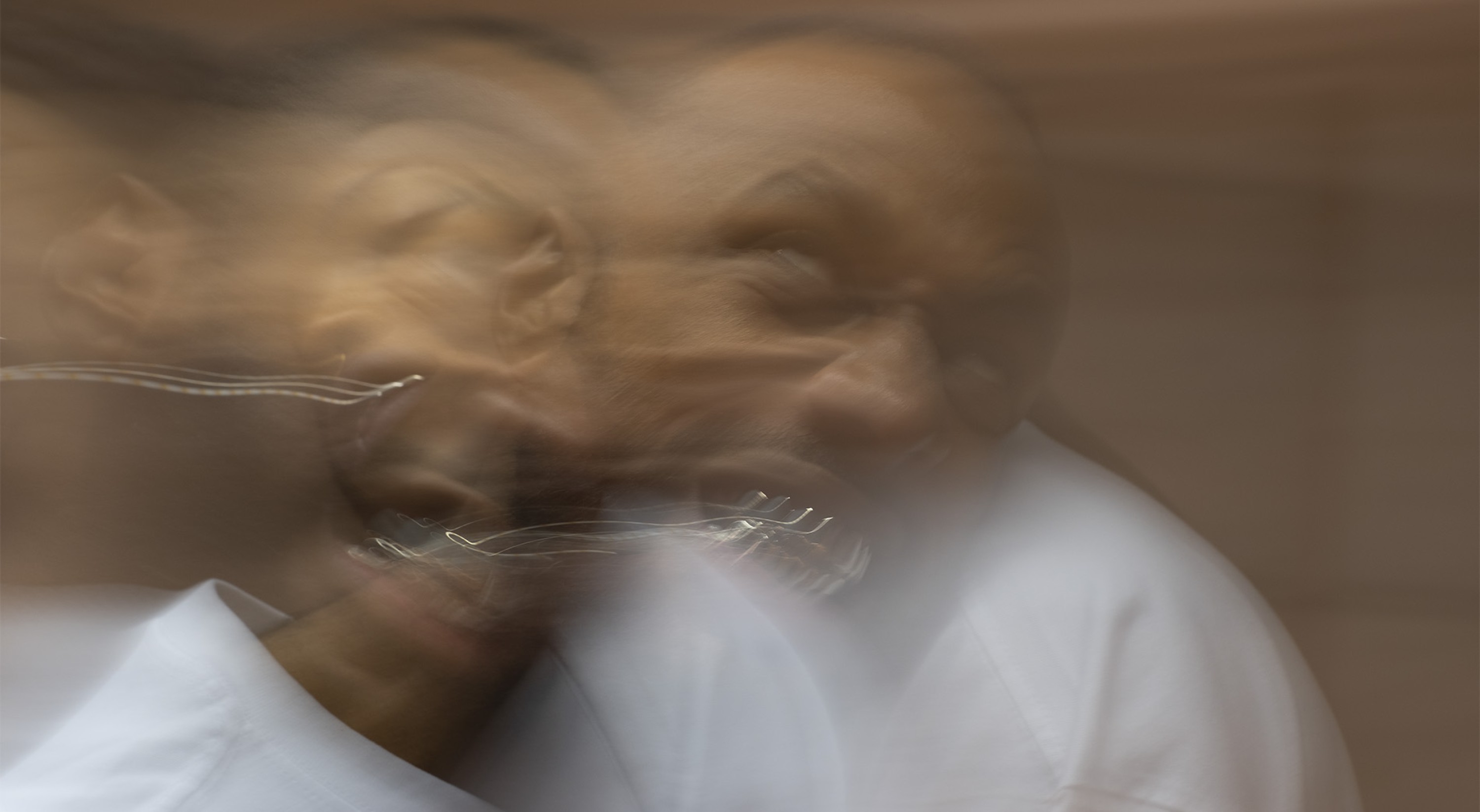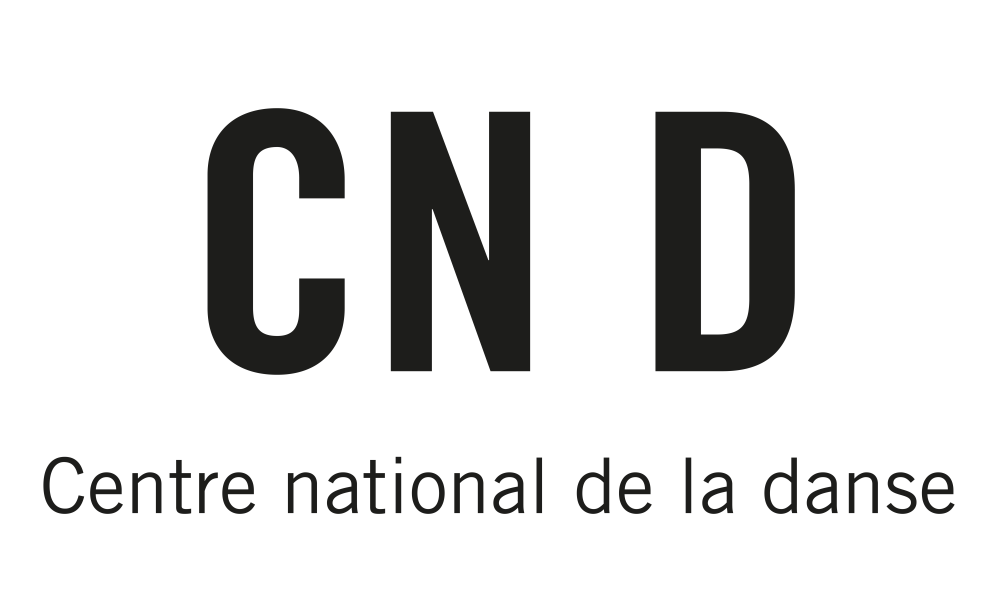Cherish Menzo
DARKMATTER
novembernov 16 – 18
Concept and choreography, Cherish Menzo
Performers, Camilo Mejía Cortés, Cherish Menzo
Lighting, Niels Runderkamp
Music, Gagi Petrovic, Michael Nunes
Mixing, Gagi Petrovic
Set design, Morgana Machado Marques
Costumes, JustTatty.com
Dramaturgy, Renée Copraij, Benjamin Kahn
Texts, Cherish Menzo, Camilo Mejía Cortés, BO NSU, Shari Kok-Sey-Tjong
Vocal coach, BO NSU, Shari Kok-Sey-Tjong
Artistic advisor, Christian Yav, Nicole Geertruida
Vocals Distorted Rap Choir
Technical, Niels Runderkamp, Amber Stallenberg, Nele Verreyken
Production GRIP, Frascati Producties
International distribution, A Propic - Line Rousseau, Marion Gauvent, Lara van Lookeren
Coproduction Kunstenfestivaldesarts (Brussels) ; CCN Ballet national de Marseille dans le cadre de l'accueil-studio / ministère de la Culture ; actoral - Festival international des arts & des écritures (Marseille) ; STUK (Louvain) ; La Villette (Paris) ; Festival d'Automne à Paris ; Beursschouwburg (Bruxelles) ; De Coproducers (Bois-le-Duc) ; Perpodium (Anvers) Residencies STUK (Louvain) ; La Villette (Paris) ; Frascati (Amsterdam) ; Beursschouwburg (Bruxelles) ; CCN Ballet national de Marseille as part of the "accueil-studio" / Ministère de la Culture ; Productiehuis Theater Rotterdam
In collaboration with Trill (Leuven) ; Wij zijn DOX (Utrecht)
With the financial support of The Flemish Government ; The Performing Arts Fund NL ; Ammodo ; Tax Shelter of the Belgian Federal Government ; Cronos Invest Acknowledgements Eric Cyuzuzo, Jan Fedinger, Dries Douibi, Khadija El Kharraz Alami
Co-production CND Centre national de la danse ; Festival d'Automne à Paris
DARKMATTER is an exploration into the materialities and possibilities of being in Blackness carried by choreographer Cherish Menzo together with Camilo Mejía Cortés. Playing with the textures of sound, liquid, and light, the performers pry open the making of dance and question its staged configurations.
The scene is set for two dancers clad in mirror-reflecting masks. With ceremonial care, one covers the other’s torso with a dark liquid. An extended blackout marks the scene shift, interrupted by a glitchy break: a performer’s face is revealed, and is promptly strobed out. This stop-and-start rhythm, pressing against linear time and blurring identification, stems from choreographer Cherish Menzo’s deep dive into the archival sounds of hip hop’s “Chopped and Screwed” genre, born in the 1990s from DJ Screw’s Houston-based studio. As such, DARKMATTER experiments with the embodiment of these slowed-down tempos. Distortion becomes a significant choreographic tool for Menzo to remix representations and warp them, upside-down. Indeed, working with the materialities of bodies invites cosmic questioning, channeled through afrofuturist and posthumanist speculations. Dark holes above become portals into seas below. DARKMATTER concocts this threshold where gestures, like perceptions, melt and move, “boneless / formless”.



